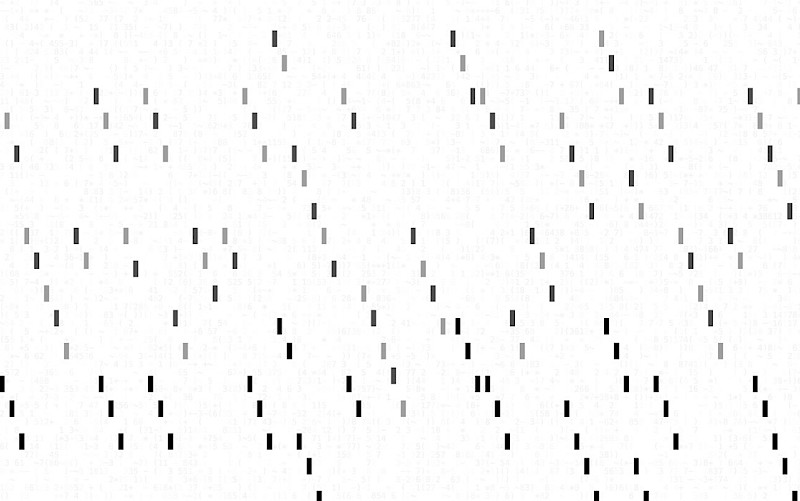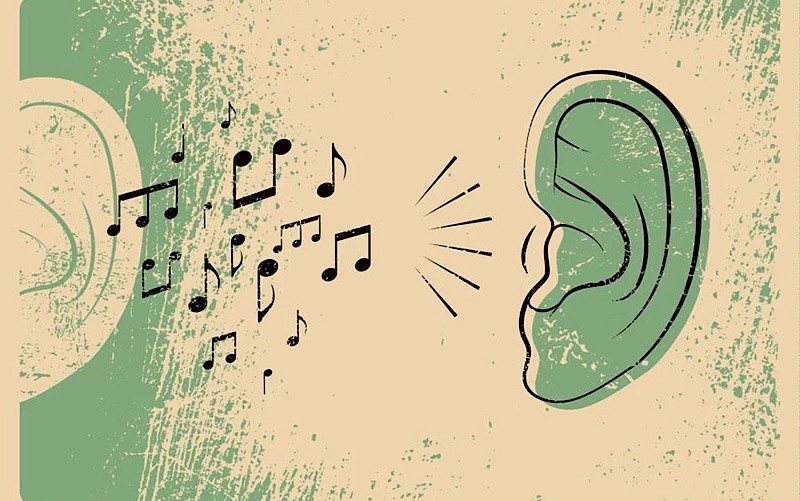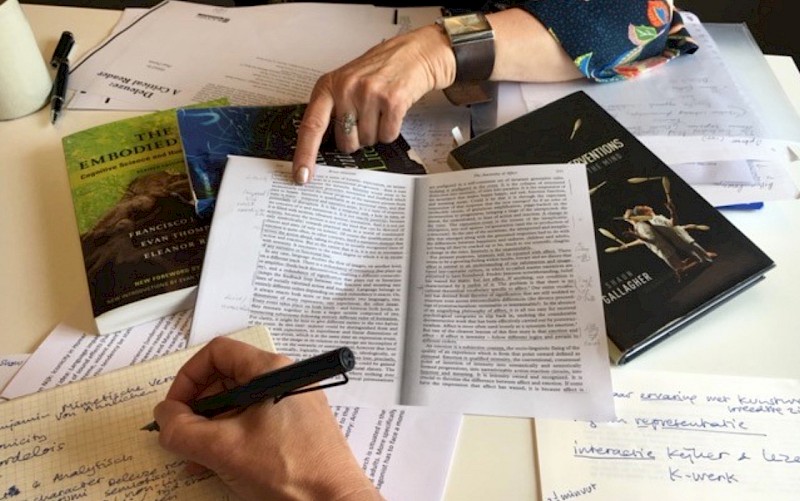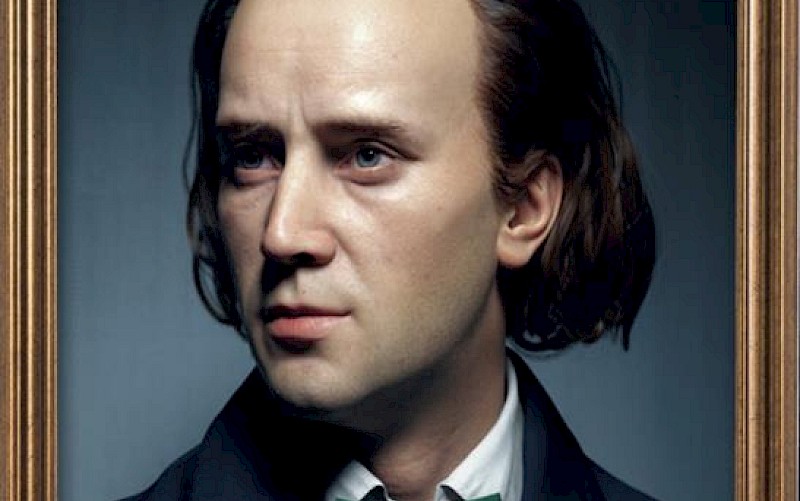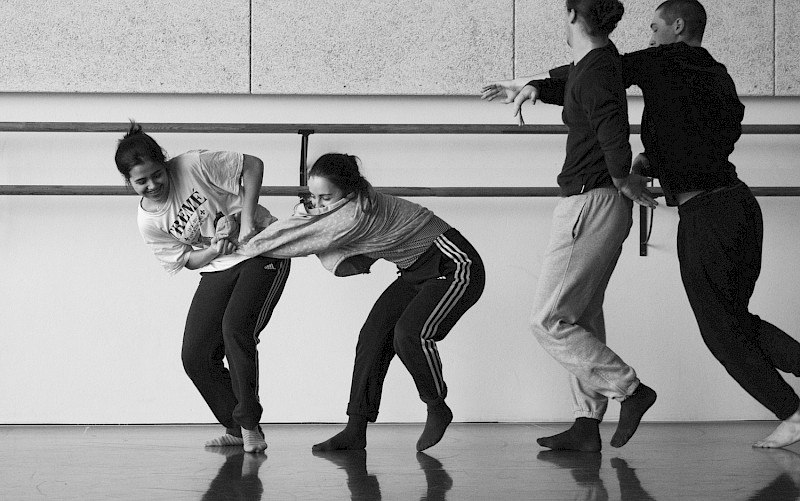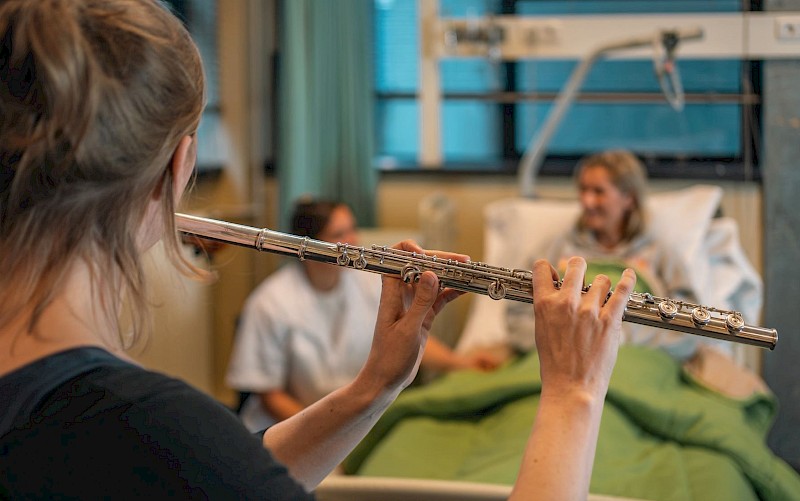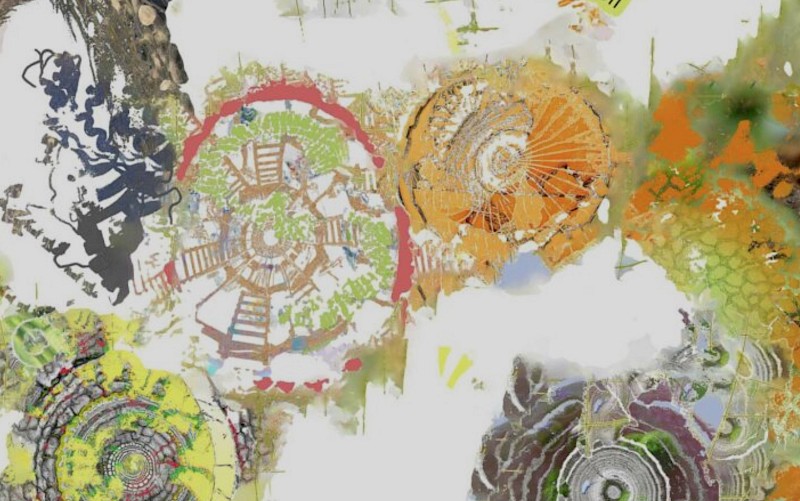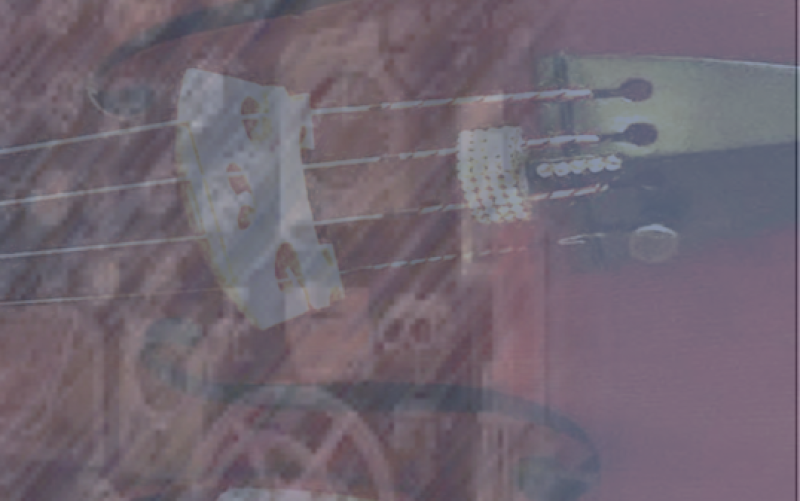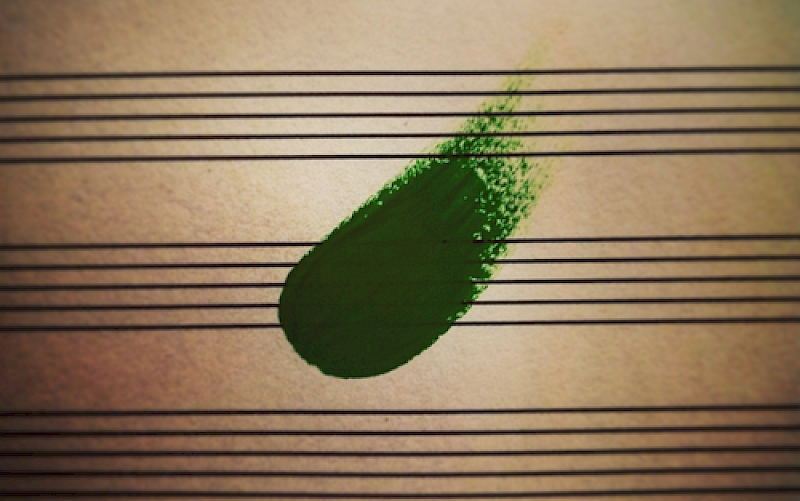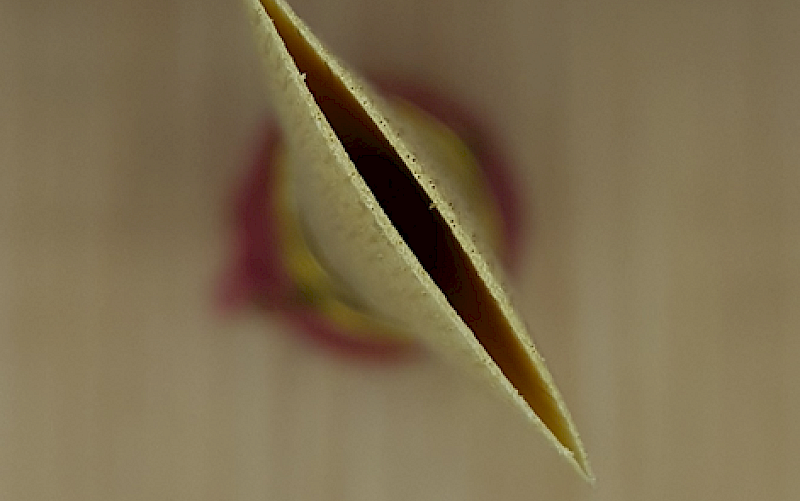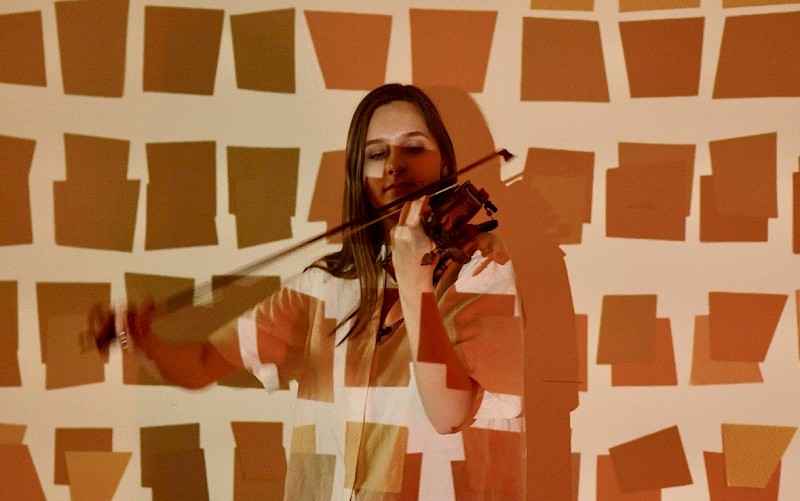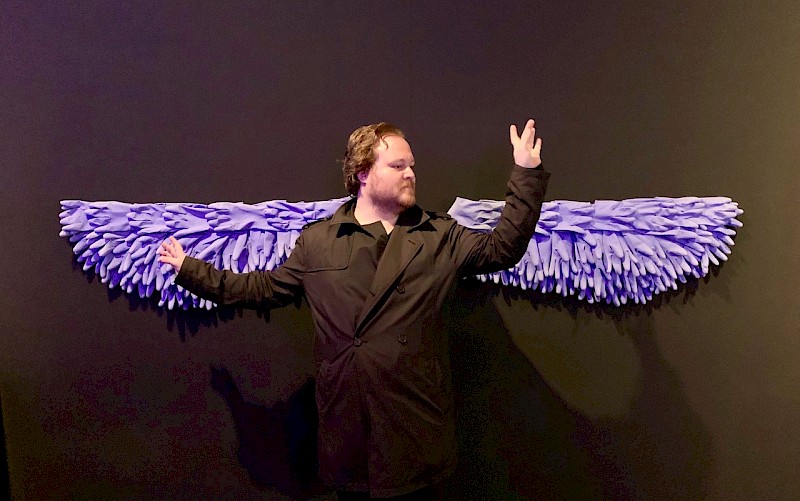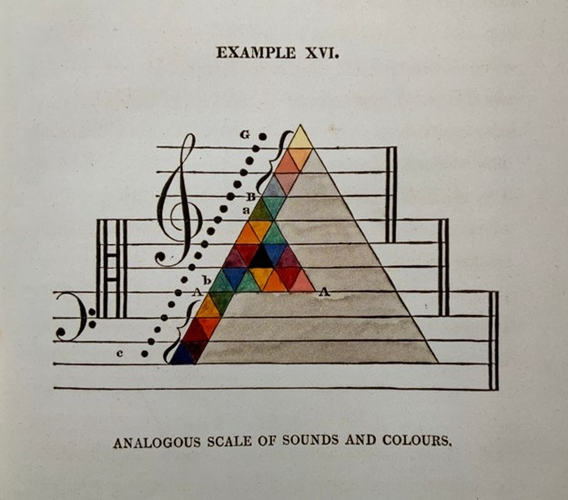
Are you colour deaf?
Originating from antiquity, the idea of associating colour with music has been researched extensively in recent decades. The terms for this phenomenon include crossmodal correspondences and synaesthesia (or chromaesthesia), both of which refer to associations our brain makes from stimuli that it perceives through different senses. Correspondence between sound and music, and light and colour, has been a scholarly topic for years—mostly from a scientific point of view. This thesis aims to investigate different views on the subject, focusing on its artistic/aesthetic rather than neurobiological components. Music-colour correspondence was born from the need of philosophers to make sense of both music and the world. Linguistics has proven ambiguous when used to explain or make sense out of music, hence colour has been a very powerful replacement. It is possible to draw parallels between sound and light because of their similar ontological nature (vibration). The goal of this thesis is to prove that such an association can enhance a classical music performance for the audience (as related to engagement) and for the performer (as related to analysis, artistic input). As a case study, Olivier Messiaen’s Theme and Variations is analysed in this rather unconventional colour-coded way. Keywords: synaesthesia, chromaesthesia, crossmodal correspondences, Olivier Messiaen, colour and music.
Author: Phoebe Rousochatzaki


